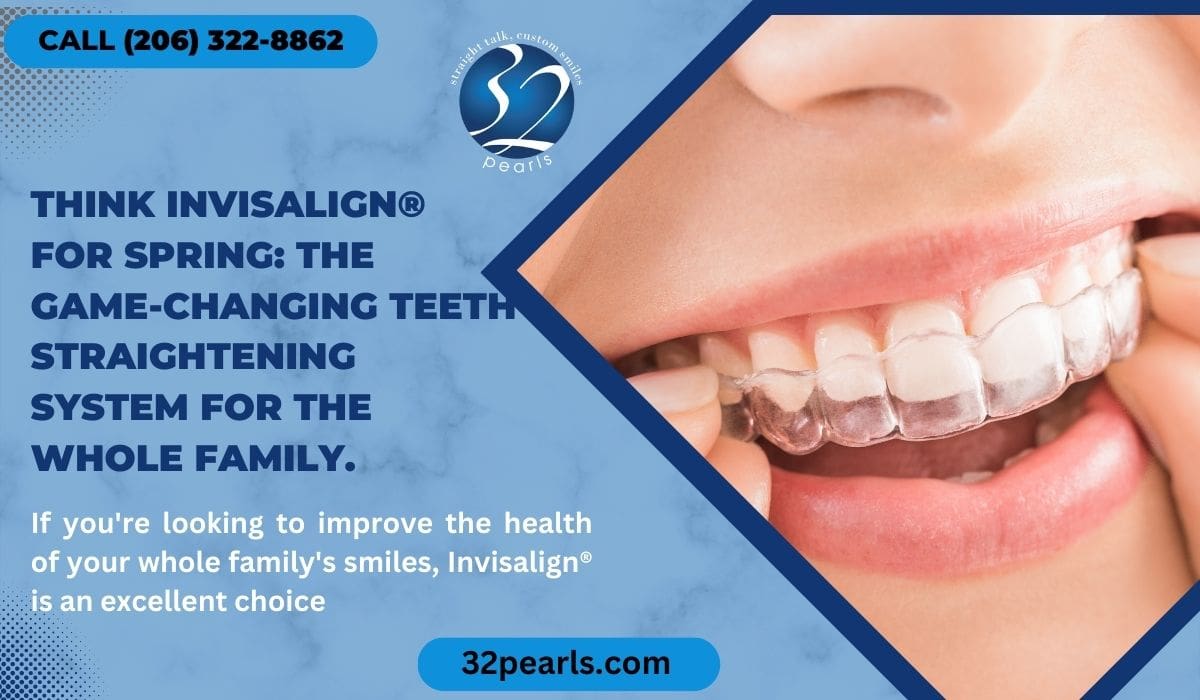Invisalign vs. Traditional Dental braces: Which Alternative Is Right for You?
When taking into consideration orthodontic therapy, the selection in between Invisalign and conventional dental braces presents a number of vital elements that warrant cautious analysis. Invisalign uses a very discreet option with removable aligners, while conventional braces offer a much more visible yet effective remedy for severe misalignment.
Summary of Therapy Alternatives

In contrast, traditional braces include steel braces and cables that are adhered to the teeth. This method uses continuous pressure with time to achieve placement. While effective for intricate orthodontic issues, typical braces need normal check outs for changes and can position difficulties in maintaining oral hygiene as a result of the trouble of cleaning around braces and wires.
Both choices have their merits, and the option commonly depends upon particular oral problems, way of living preferences, and patient compliance. Eventually, seeking advice from an orthodontic expert is critical for determining the most appropriate therapy plan tailored to private demands. Comprehending the nuances of each choice can dramatically affect the general success of orthodontic treatment.
Visual Factors To Consider
A significant variable affecting the choice in between Invisalign and typical braces is the aesthetic allure each treatment uses. Invisalign aligners are crafted from clear plastic, making them practically undetectable when worn.
On the other hand, typical dental braces contain steel brackets and cords, which can be much more noticeable. While advancements in orthodontic modern technology have brought about the advancement of smaller braces and colored elastics, standard braces still keep a more obvious account. For some individuals, the visibility of dental braces may prevent them from seeking needed therapy.
Inevitably, the choice in between Invisalign and conventional dental braces may depend upon individual choices regarding visual appeals. People who focus on discernment typically favor Invisalign, while those that are less worried concerning exposure might select conventional dental braces. Comprehending the visual effects of each option is critical for making an informed decision that lines up with one's way of living and preferences.
Comfort and Convenience

In regards to comfort, Invisalign aligners are removable, enabling patients to appreciate their favored foods without constraint and preserve ideal oral health. Cleaning and flossing are simplified, as the aligners can be taken out throughout these regimens, whereas traditional dental braces call for cautious maneuvering around cables and brackets.
In contrast, standard braces require normal modifications, making them much less practical for those with active schedules. On the whole, the comfort and ease of Invisalign make it an appealing selection for many people seeking orthodontic treatment.
Therapy Period and Efficiency
While both Invisalign and conventional dental braces are efficient in dealing with oral imbalances, the duration of treatment can differ considerably in between both choices. Typically, Invisalign treatment can take anywhere from 12 to 18 months, relying on the complexity of the situation. The clear see post aligners function by progressively shifting teeth into their preferred settings, and normal follow-ups with an orthodontist help guarantee development continues to be on track.
In contrast, conventional dental braces commonly require a longer commitment, typically varying from 18 months to 3 years. This results from their set nature and the usage of brackets and cords, which can be more effective for complicated situations and extreme imbalances (Invisalign). The therapy performance of typical dental braces is well-documented, as they permit accurate modifications and higher control over tooth movement
Ultimately, the choice between Invisalign and traditional braces may rest on both the awaited treatment duration and the specific oral concerns available. Consulting with an orthodontist is important, as they can supply customized referrals based upon specific needs, making certain the picked approach aligns with wanted end results and durations.
Price Contrast and Insurance Policy Choices
Cost plays a significant duty in the decision-making procedure for individuals thinking about orthodontic therapy, whether choosing Invisalign or standard braces. Typically, the price of Invisalign varieties from $3,000 to $8,000, while traditional dental braces typically set you back between $2,000 and $6,000. Factors affecting these expenses consist of the complexity of the case, the period of therapy, and geographical location.
Numerous oral insurance plans give partial coverage for orthodontic treatments, yet the specifics can differ widely. Generally, conventional dental braces might be much more often covered by insurance policy plans compared to Invisalign, which some insurance firms categorize as a cosmetic treatment.
In addition, several orthodontic practices use adaptable layaway plan, making both therapy choices a lot more available. Patients ought to ask regarding possible visit site funding alternatives and price cuts for in advance payments. Examining the total cost, including insurance coverage advantages and repayment plans, is important for making an informed decision that lines up with both aesthetic preferences and budget considerations.

Verdict
In recap, the selection in between Invisalign and typical braces depends upon multiple factors, including visual preferences, comfort, therapy period, and price. Invisalign supplies a very discreet, detachable choice that assists in oral hygiene and dietary flexibility, while conventional braces might be preferable for intricate oral problems and typically come at a reduced rate factor. Inevitably, consultation with an orthodontist is important to assess specific circumstances and determine one of the most proper treatment option for attaining ideal dental placement.
When thinking about orthodontic treatment, the selection between Invisalign and traditional dental braces provides several vital aspects that merit mindful assessment.Comparing Invisalign and standard braces discloses unique therapy choices for orthodontic correction.While both Invisalign and typical braces are reliable in dealing with oral misalignments, the period of treatment can differ considerably in between the two alternatives.Cost plays a considerable role in the decision-making procedure for individuals thinking about orthodontic treatment, whether choosing for Invisalign or typical braces.In recap, websites the choice between Invisalign and typical braces pivots on multiple aspects, consisting of aesthetic choices, convenience, treatment duration, and expense.